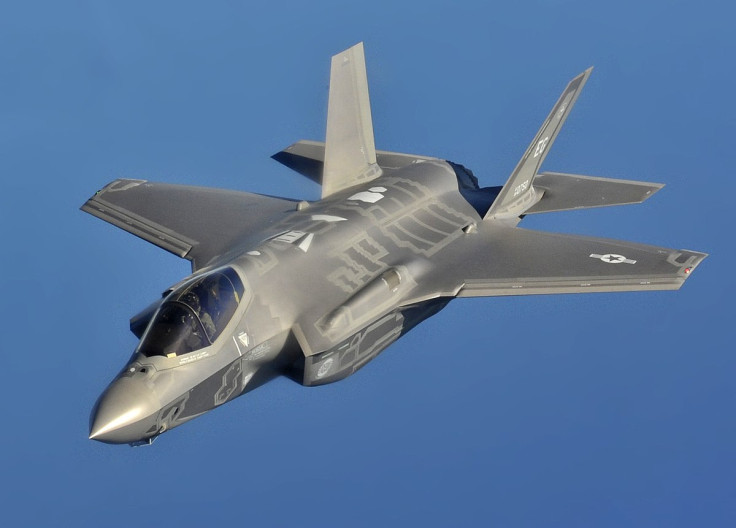
The United States has sent ten F-35 Lightning II fighter jets to Puerto Rico as part of President Donald Trump's plan to intensify the military campaign against drug cartels in the Caribbean. The decision marks one of the most high-profile uses of America's most advanced stealth aircraft in a counter-narcotics role, a mission far different from the Middle Eastern battlefields where the jet was first tested.
The F-35, built by Lockheed Martin, is the world's most sophisticated stealth fighter. It combines radar-absorbing design, supersonic speed, advanced sensors, and data-sharing capabilities that allow it to act as both a strike aircraft and a command node. First flown in 2006 and introduced into U.S. service starting in 2015, the plane exists in three versions: the F-35A for conventional Air Force operations, the F-35B with short takeoff and vertical landing for the Marine Corps, and the F-35C designed for Navy carriers.
Israel was the first country to take the jet into combat, launching missions over Syria in 2018. Since then, Israeli pilots have flown F-35s in Iraq, Gaza, Lebanon, and beyond, proving its stealth and strike capacity. The United States and the United Kingdom later joined Israel in using the aircraft in real-world missions.
Now the jet has arrived in the Caribbean. Stationed at Muñiz Air National Guard Base in Puerto Rico, the ten F-35s form part of a larger buildup that includes U.S. Navy warships, Marines, and surveillance assets. Defense Secretary Pete Hegseth told service members on the ground on Monday, September 8, that "this isn't training, this is real," underscoring the seriousness of the deployment as tensions with Venezuela rise.
Analysts say the use of F-35s in a counter-drug role is as much about symbolism as it is about strategy. Dan Grazier, senior fellow at the Stimson Center, explained to Military.com that "from a messaging standpoint, we are committing ten of our highest-profile, most advanced aircraft for this role." Critics argue that stealth fighters may be excessive for tracking smuggling boats, but supporters say their presence signals U.S. readiness to escalate if necessary.
The cost of the F-35 has been a point of controversy since the program began. Each plane carries a price tag between 82 and 100 million dollars, depending on the model. Over its projected lifetime, the F-35 program is expected to cost 1.7 trillion dollars, making it the most expensive weapons system ever built. Despite the criticism, more than 20 allied nations have purchased the aircraft, making it central to NATO and Pacific defense strategies.
Legal experts have raised questions about the implications of Trump's decision. Mark Nevitt, a law professor and former Navy judge advocate, warned that rebranding the war on drugs as a narco-terror fight could justify open-ended military involvement. "Applying a new label to an old problem does not grant expanded legal authority to kill civilians," he said.
For Washington, the deployment of F-35s to Puerto Rico sends two messages. To cartels, it is a sign that the United States will not hesitate to bring its most advanced capabilities into the fight. To regional rivals such as Venezuela, it demonstrates that the U.S. military is willing to project its most powerful assets into the Caribbean.
The F-35 that first proved itself in Israel's hands is now flying over Puerto Rico, carrying both cutting-edge technology and heavy political symbolism. Its journey from Middle Eastern skies to Caribbean waters reflects how the jet has become more than a fighter aircraft. It is now a symbol of U.S. military reach in an increasingly unstable region.
© 2025 Latin Times. All rights reserved. Do not reproduce without permission.







